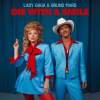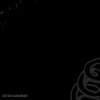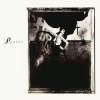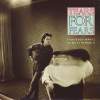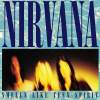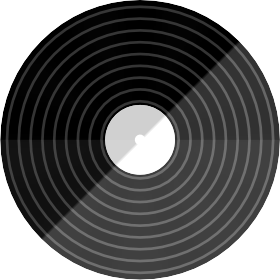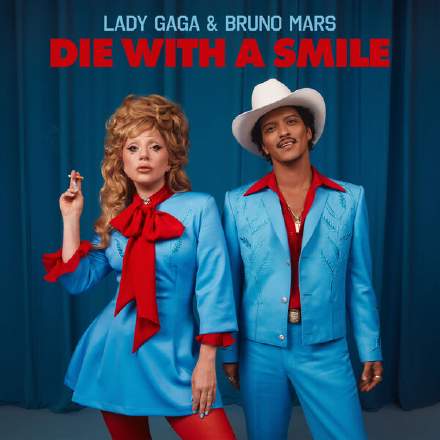
Now, I don’t know about you, but the onset of this song’s prechoruses feels like a bit of a let-down. Yes, the arrangement tries to fabricate a sense of musical arrival by adding piano and bass parts on the first occasion (at 0:27), and by adding piano and synth-pad parts second time around (at 1:45), but fundamentally I think the prechorus’s impact is being undermined by its choice of opening chord.
You see, moving from one chord to a different chord carries its own inherent musical emphasis, so it usually feels most natural to us if the rhythmic placement of these chord changes (or ‘harmonic rhythm’) lines up with other stress patterns in the music. Indeed, one of the less well-known ‘rules’ of traditional harmonic theory is that you should try to change chord when moving from a weak beat to a strong beat – thereby syncing up the stress patterns of the harmonic rhythm with the musical metre’s stress pattern. This is why you’ll find lots of situations in pop songs where a chord is played on a strong beat (eg. beats one and three in a four/four time signature) and then sustained over onto the following weak beat (eg. beats two and four in four/four), whereas it’s much rarer to hear a new chord arriving on a weak beat and then sustaining onto the following strong beat.
Moreover, this principle operates on a structural level too, where chord changes tend to feel most natural when moving from a weak bar to a strong bar within the prevailing phrase structure, and that’s where I think the prechorus of ‘Die With A Smile’ comes unstuck. While the song starts off by swapping regularly between Amaj7 and Dmaj7 chords on the (more strongly stressed) first and third bars of each four-bar musical section, as you’d naturally expect, when we get to the (strong) first bar of the prechorus, the chord doesn’t change, maintaining the same Dmaj7 harmony we heard in the (weak) fourth bar of the verse, and thereby robbing some musical emphasis from the beginning of that section.
On the plus side, though, this song does provide a great illustration of how reverb automation can be used for section differentiation. If you listen to the first chorus (0:45-1:17), there’s a long-tail reverb on the snare drum, although it’s dull-sounding enough that the rest of the arrangement masks it a lot of the time – soloing the mix’s Sides channel reveals it much more clearly. However, when we hit the second verse, this reverb is suddenly removed, which subtly (but profoundly) reduces the sense of subjective ‘size’, making the presentation feel more intimate at that point. Then the reverb begins to creep back in for the second prechorus, before returning full-force for the rest of the song. What’s particularly interesting to me in this scenario, though, is that the reverb character is fundamentally fairly unnatural-sounding, and in any case starkly in contrast to the snare sound itself, which I suspect is why I don’t get a sense that the chorus snare is merging very much with its reverb, which means it doesn’t appreciably recede in the mix’s front-back depth perspective as a result.
